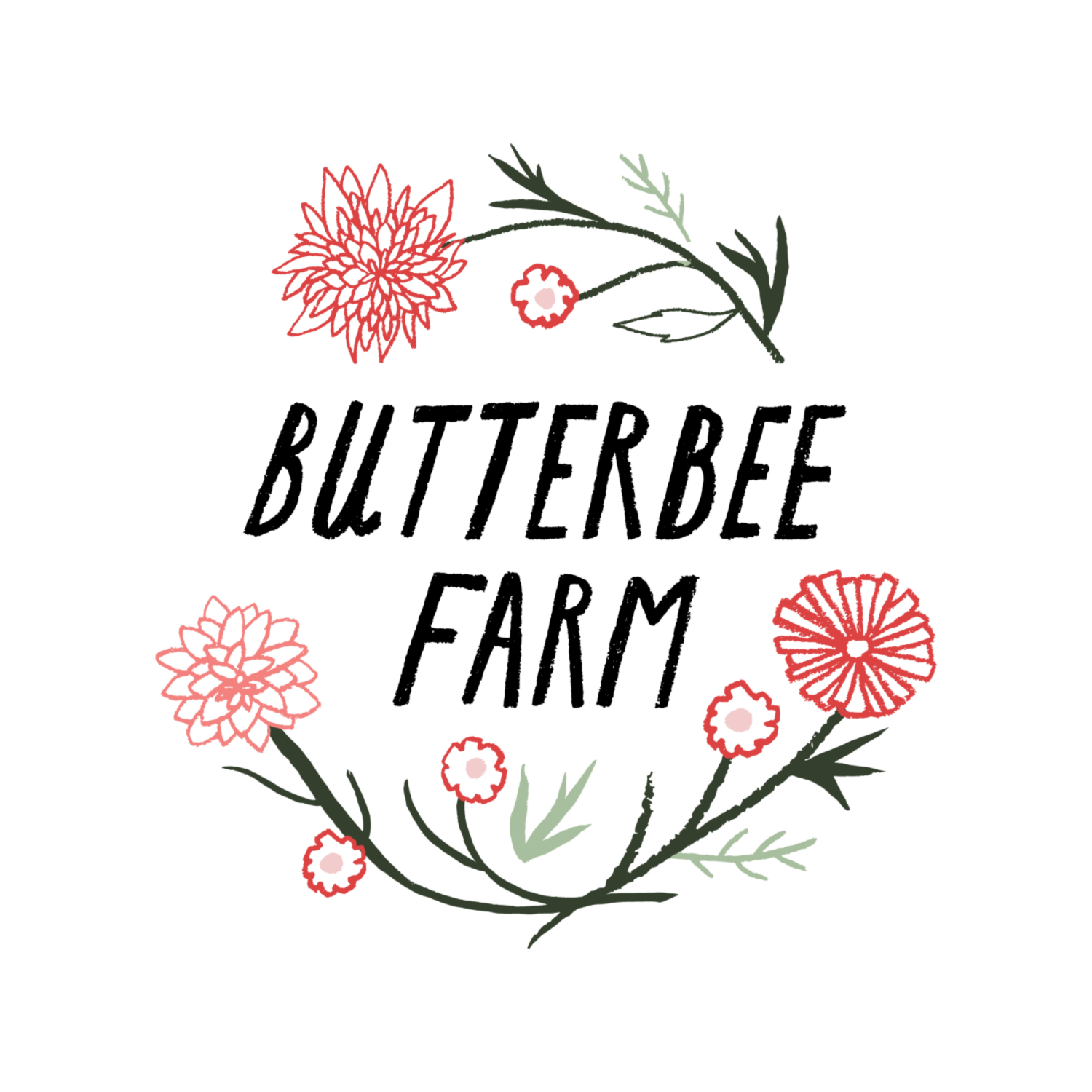butterbee honey!
Dear Readers,
We tilled and planted all week long! You can see below that the farm just starting to emerge from dormancy... and by that I mean we're starting to have weeds.....
As we worked in the field, honeybees buzzed all around their new home. I am thrilled to welcome Tyson Barker to the farm as our resident farm bad-ass-- I mean, beekeeper. He visits the farm a few times per week to check on the bees and adjust the hives. Here he is getting ready to calm the bees down with smoke so that he can open their hive:
Then he lifts the top of the hive box...
And he can see into a civilization within! There can be up to around 50,000 bees in each hive.
Tyson says the Butterbee honeybees are doing great. They are so productive and plentiful that he is setting up little satellite hives for them. Here he is checking for eggs:
The difference between eggs that develop into regular honeybees and eggs that become queens has to do with royal jelly (a bee secretion that feeds all bee larvae). A queen larva is fed a whole lot of royal jelly, whereas all of the other larvae are fed a more moderate amount.
See the dark color of the liquid in the cells below? That is likely from maple nectar; maples are some of the first trees to bloom in our area. Nectar turns into honey in those cells, and then the bees cap each cell with wax to protect their harvests.
Aside from taking care of the bees and collecting honey, Tyson will make lots of lip balm with beeswax and lavender from the farm! We're excited to offer it all to our CSA members. Thanks for being awesome, Tyson!
I wish you all some honey-ginger iced tea!
Laura Beth








